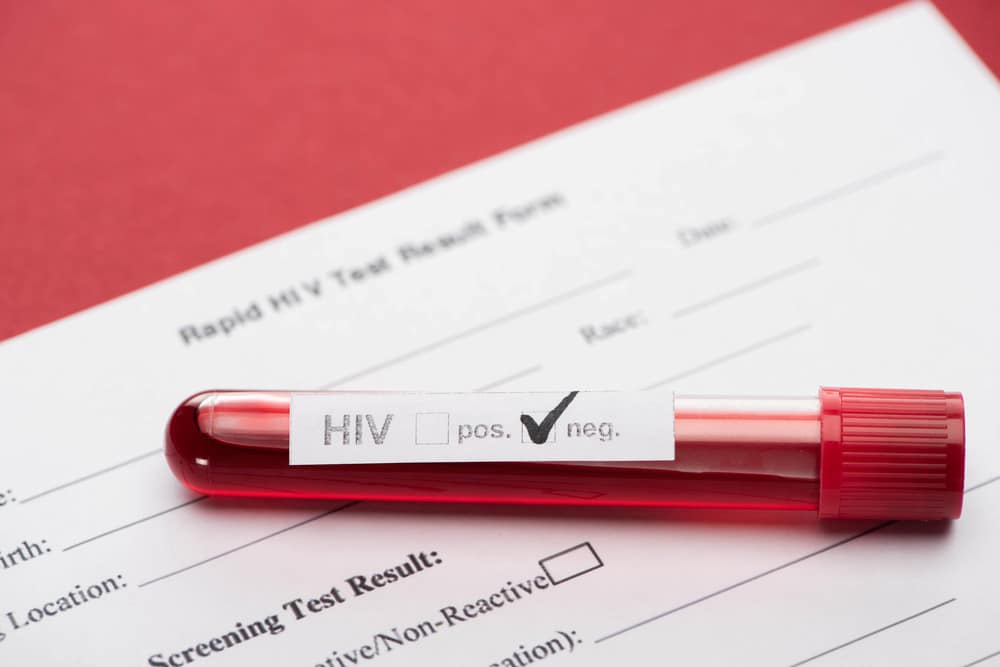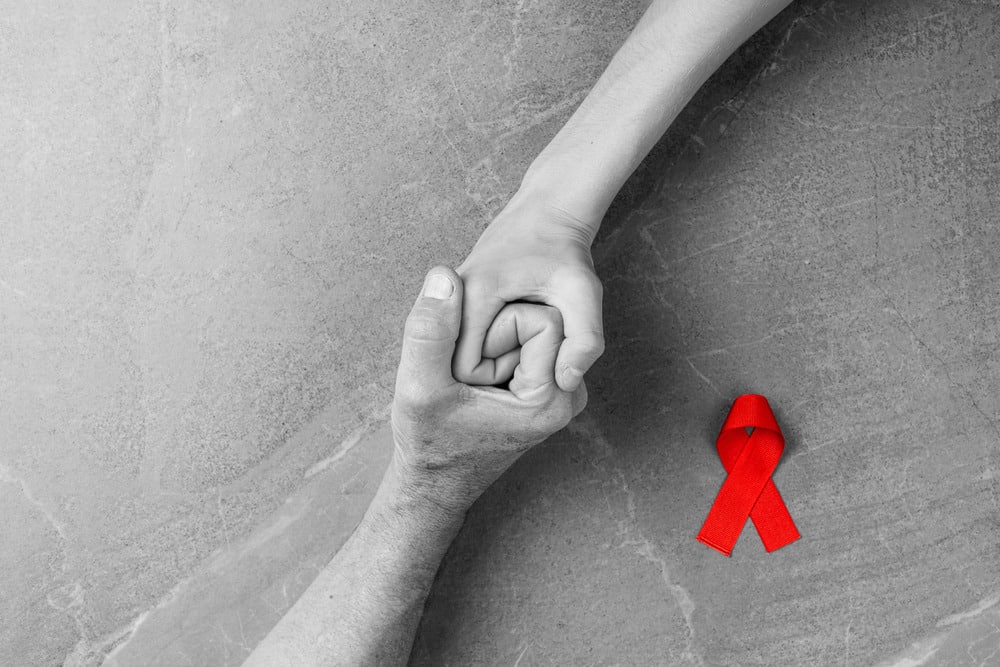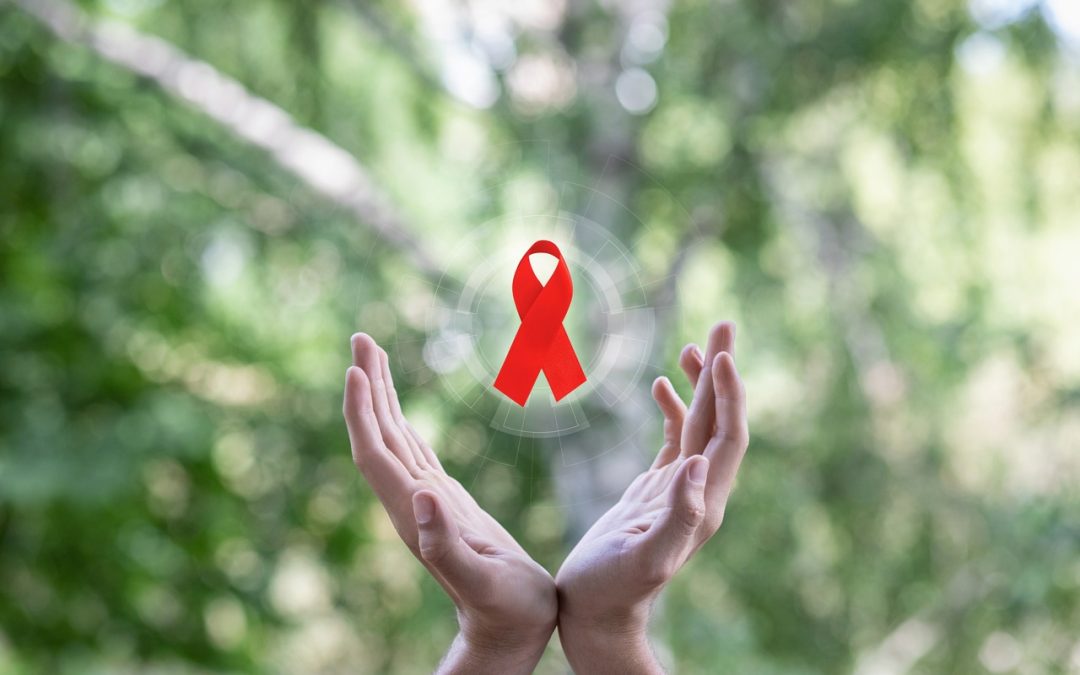Each year, on 1 December, people around the globe commemorate World AIDS Day. The world unites to support those living with HIV and to remember the ones who have lost their lives to AIDS. First observed in 1988, the day remains as relevant today. There is a critical need to raise awareness of the impact of AIDS on people’s lives, to end the stigma and discrimination and to improve the quality of life of people living with the virus.
It’s said that AIDS doesn’t spread by viruses but by ignorance and lack of awareness. Thus, as educated and considerate members of society, we must understand the condition, its implications and how we can help curb the spread of this deadly virus.
To understand what AIDS is and how a person gets it, we need to take a few steps back and familiarise ourselves with HIV. We all have heard of the prefix HIV being added before AIDS, but how many of us know why the disease is called so? Let’s dig in.
What is HIV?
HIV stands for Human Immunodeficiency Virus. Scientists suspect that Simian Immunodeficiency Virus (SIV) jumped from chimpanzees and mutated itself into HIV when people consumed contaminated chimp meat. HIV was rampant in Africa around the 1920s and migrated to other parts of the world over the course of the following decades. It was in the year 1959 that researchers first discovered HIV in human blood samples and it took another two decades for it to hit public consciousness!
Going by its name, this virus attacks our immune cells called CD4 cells. CD4 cells are a particular type of WBC called T-cells that circulate around the body, detecting infections, faults and anomalies in other cells.
HIV targets and infiltrates these CD4 cells and exploits them to create copies of themselves. Healthy cells are destroyed in this process which reduces the body’s ability to combat other infections and diseases. This increases the risk and impact of opportunistic infections and some types of cancer which we will discuss later in the article.
So now that we know what HIV is and how it is detrimental to our health, let’s proceed to decipher its association with the notorious disease called AIDS.
Making Sense Of AIDS
AIDS stands for Acquired Immunodeficiency Syndrome and is the third and most advanced stage of HIV. While healthy adults generally have a CD4 count of 500 to 1,600 per cubic millimetre, a person diagnosed with AIDS has a CD4 count that goes below 200 cells per cubic millimetre.
Doctors also identify someone with AIDS if they have HIV and develop an opportunistic infection or cancer that’s rare in people without HIV.
We’ve been using the term ‘opportunistic infection’ without elucidating what it actually means. Thus, before we proceed any further, it’s our responsibility to explain what opportunistic infection means.
Understanding Opportunistic Infections
Stage 3 HIV, also called AIDS, reduces the body’s ability to fight infections and other associated complications. In this stage, latent infections that once caused minimally or no health problems can cause serious issues. These illnesses that use the favourable scenario to attack an otherwise healthy person are called opportunistic infections.
Some of the common opportunistic infections as stated by the Centre for Disease Control and Prevention are:
- Pneumocystis pneumonia (PCP): This is a type of fungal lung infection which occurs in people with weak immune systems. The first signs of infection are difficulty breathing, high fever, and dry cough.
- Tuberculosis (TB): It is a communicable disease which spreads through the air when a person with TB coughs, sneezes, or speaks. Breathing in the bacteria can lead to infection in the lungs signalled through cough, tiredness, weight loss, fever, and night sweats.
- Candidiasis (Thrush): It’s a fungal infection which affects the skin, nails, and mucous membranes throughout the body such as the mouth and vagina.
- Cytomegalovirus (CMV): CMV can infect multiple parts of the body and cause pneumonia, gastroenteritis (especially abdominal pain caused by infection of the colon), encephalitis (infection) of the brain, and sight-threatening retinitis (infection of the retina at the back of the eye). People with CMV retinitis have difficulty with the vision that worsens over time and leads to complete blindness if not treated promptly.
- Herpes Simplex Virus (HSV): HSV is a common latent virus that generally causes no major problems for people with a healthy immune system. However, at times the virus can get activated and cause painful sores in or around the mouth ulcers in or around the genitals or anus. In people with weak immune systems, HSV can cause infection of the breathing and swallowing tubes and even cause pneumonia.
- Mycobacterium Avium Complex (MAC): These bacteria live in our environment, including in soil and dust particles. Infections with these bacteria spread throughout the body and can be life-threatening in people with weakened immune systems.
- Wasting Syndrome: Wasting is defined as the involuntary loss of more than 10% of one’s body weight (primarily muscle mass) while having diarrhoea or weakness and fever for more than 30 days.
- Progressive Multifocal Leukoencephalopathy: This rare brain and spinal cord disease is seen almost exclusively in people whose immune systems have been severely damaged by HIV.
A person with HIV also has a higher chance of developing various forms of cancer. These include:
- Lymphoma: It is the cancer of the lymph nodes and other lymphoid tissues in the body.
- Kaposi’s Sarcoma (KS): It’s a type of viral infection, commonly called herpesvirus8, that causes the small blood vessels to grow abnormally. It appears in the form of pink, purple or black spots on the skin that can be either raised or flat. KS can be life-threatening when it affects organs inside the body, such as the lung, lymph nodes, or intestines.
- Invasive Cervical Cancer: Cervical cancer starts within the cervix (the lower part of the uterus at the top of the vagina) and spreads (becomes invasive) to other parts of the body. A recent study has found that women living with HIV have a higher risk for cervical cancer when compared with women without HIV infection. Receiving an early diagnosis can help limit cancer’s spread.
While these opportunistic infections are glaring indicators of HIV infection there are various other symptoms that signal the presence of this infection in all three stages. Let’s take a look at the stages, their characteristics and symptoms.
HIV Stages and Symptoms

Stage 1: Acute Infection Stage
This includes the first few weeks when someone has contracted the virus. The virus reproduces rapidly in this phase to which the person’s immune system responds by producing antibodies. The viral load i.e. the amount of HIV found in the bloodstream is the highest in this phase and thus the risk of transmission is also the greatest.
Some individuals may show no symptoms initially and others don’t realise the severity of the symptoms since these are very similar to that of the common cold or flu. Furthermore, the symptoms resolve within a few weeks or months as the person progresses into the second stage of HIV. The following symptoms of the first stage of HIV infection are collectively called Retroviral syndrome.
Symptoms of Acute HIV Infection
- Fever and chills
- Sore throat
- Headache
- Nausea
- Upset stomach
- Swollen lymph nodes
- General aches and pains
- Skin rash
- Night sweats
Stage 2: Clinical Latency Stage/ Asymptomatic HIV
After the retroviral syndrome seemingly resolves, the HIV virus enters the second phase of the infection which can last from a few years to decades depending on the level of treatment. Even though people may ‘feel’ well and ‘appear’ healthy during this phase, the virus continues to damage the immune system and internal organs. Some people don’t experience any symptoms during this phase, while others may have minimal or nonspecific symptoms.
Symptoms of Clinical Latency Stage
- Pains and aches in the body
- Fatigue
- Nausea
- Skin rash
- Recurrent fever
- Recurrent pneumonia
- Recurrent oral or vaginal yeast formation
- Diarrhoea
- Rapid weight loss
- Swollen lymph nodes
Stage 3: AIDS Infection
If a person with HIV does not receive effective treatment, the virus weakens the body’s ability to fight infection, finally leading to AIDS. According to the CDC, a person’s life expectancy is reduced to 3 years in case of a lack of proper treatment. However, with effective and timely medication, HIV may never even progress into its following stages.
Additionally, The chances of HIV progressing to AIDS vary from person to person depending on various factors such as age, underlying health condition, genetic resistance to the particular HIV strain and the strain of HIV.
Various opportunistic infections and cancers help doctors identify this stage of HIV infection. Alongside, there are other symptoms as well.
Symptoms of AIDS infection
- Night sweats
- Fatigue
- Dry cough
- White spots on the tongue or mouth
- Shortness of breath
- Swollen glands
- Chronic diarrhoea
- Persistent fever
Even though most of these symptoms are gender-neutral and there are a few particular ones as well.
HIV Symptoms In Men & Women
The footnote is that for both these genders, the risk of STIs multiplies if they are already infected with HIV. Having said that, there are a few specifics based on the type of genitals a person possesses.
In those with a penis, HIV infection may cause sores on their genitals. In the case of the ones with a vagina, HIV multiplies their vulnerability to a number of health concerns such as pelvic inflammatory disease, human papillomavirus(HPV) and changes in the menstrual cycle.
We’ve now discussed the major pointers of this life-threatening disease. But what about its spread? How does it get transmitted? What are the main channels? Let’s find out!
Channels Of HIV Transmission
HIV transmits when body fluids containing the virus come into contact with a permeable barrier or small breaks in moist tissues of areas of the body.
To say it more specifically, HIV can transmit through:
- blood
- semen
- pre-seminal fluid
- vaginal or fluids
- rectal fluids
- breast milk
The few common ways in which HIV is transferred from one person to another person are:
- Intercourse – vaginal and anal (most common)
- Sharing needles, syringes, and other injecting equipment for drug use
- Using the same tattoo equipment without sterilising it between uses
- Childbearing and childbirth (mother to baby)
- Breastfeeding
- Premastication (chewing a baby’s food before feeding)
- Exposure to the semen, vaginal and rectal fluids, blood or breast milk of someone infected with HIV, such as a needle stick.
That sounds scary, isn’t it? And probably this fear is the reason for so many myths that surround the spread of this infamous virus. Let us bust some for you.
Busting Common HIV Myths
- HIV CAN BE transmitted through oral sex and blood or organ transfusion. However, hospitals rigorously test for HIV among blood, organ, and tissue donors which leaves a negligible chance for the virus to spread via this route. Next, research suggests that it’s extremely rare but possible for HIV to spread through oral sex when there are open sores or bleeding gums in the person’s mouth.
- HIV CANNOT live outside the human body for long. There is scientific evidence that 90-99 percent of the virus dies within hours after being exposed to air. Furthermore, the CDC says HIV does not survive in water. This means you cannot get HIV And finally, one can’t get HIV from touching a surface previously touched by an HIV positive.
- Studies suggest that HIV CANNOT be spread through saliva so kissing and sharing food, water or cutlery doesn’t pose any risk.
- Sweat CANNOT contain HIV. Shaking hands, hugging, high-fiving, and similar types of physical contact will not transmit the virus.
- Tears CANNOT carry HIV so next when you see an HIV-positive person crying, don’t hesitate to wipe their tears.
- Mosquito bites CANNOT spread HIV. To transmit HIV, a mosquito or another insect would have to bite a person with HIV, and then inject the blood back into another person’s body. Mosquitos do not reinject blood and thus this channel of transmission is practically impossible. On top of this, HIV does not survive in mosquitoes due to the different genetic makeup compared with human DNA.
Knowing the channels of the infection has made it easier to know what we can do to curb its spread.
Preventing HIV

- Get tested for HIV – Being aware of your HIV status is crucial for your health and well-being, as it can enable you to access the necessary treatment early and prevent complications.
- Get tested for STIs – STIs increase the risk of contracting HIV and thus it’s important to keep a tab on your overall health.
- Practice safe sex – Use condoms. Learn the correct way to put on condoms and use it when you have sex, whether it’s vaginal or anal intercourse. It’s important to keep in mind that pre-seminal fluids (which come out before male ejaculation) can also contain HIV. You can also use condoms or dental dams during oral sex to reduce the minimal risk.
- Never share needles or similar paraphernalia. HIV is transmitted through blood and can be contracted by using materials that have come in contact with the blood of someone who has HIV.
- Consider PrEP – A person who is at a higher chance of contracting HIV should talk to their healthcare provider about pre-exposure prophylaxis (PrEP). If taken consistently, it can lower the risk of acquiring HIV. PrEP is a combination of two drugs available in pill form.
In Aid Of Each Other
It’s ironic that the disease called AIDS is subject to incredible stigma. Let’s come together in aid of each other to eradicate AIDS. On World AIDS Day, let us all pledge to be empathetic towards those who are fighting against the disease.
Going by the words of the Late Princess Diana, HIV doesn’t make people dangerous, so shake their hands and give them a hug because heaven knows they need it! Governments and various NGOs around the world are taking initiatives to educate people about AIDS and eradicate the disease.
All we need is an open mindset and a clear heart for a better tomorrow. Remember, HIV is not a death sentence but merely a chronic disease that can be controlled with proper treatment. Your loved ones can lead a long life even after getting infected with HIV or even AIDS as long as they are taking their medication consciously and leading a healthy lifestyle.
The following are the AIDS Helpline contact details for those in need.
India (National AIDS Control Organisation)
Tollfree Number: 1097
Telephone: 011-43509999, 011-23731778
Email Id: dgnaco@gmail.com
United Kingdom
Telephone: 0800 137 437
The USA
Telephone: 1800 448 0440
Email Id: ContactUs@HIVinfo.nih.gov
Let’s understand the illness so that we are not scared of it anymore, because who fears the known anyway?
“It is bad enough that people are dying of AIDS, but no one should die of ignorance.” – Elizabeth Taylor.


